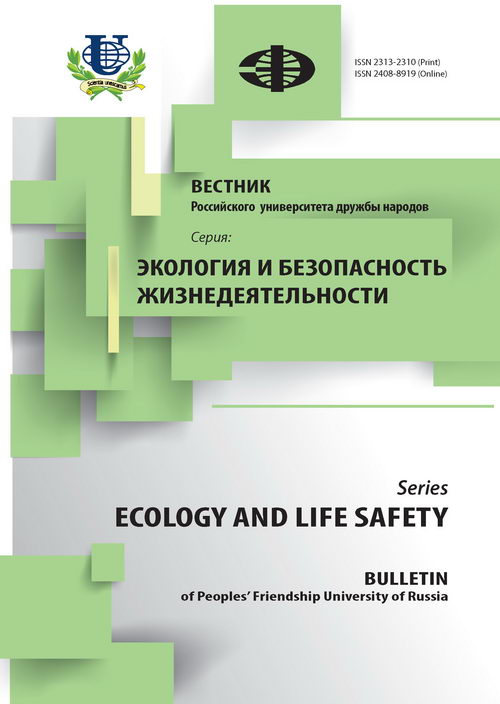ИСПОЛЬЗОВАНИЕ ЭКОСИСТЕМ ЭЛЕКТРОСТАНЦИЯМИ С ВОЗОБНОВЛЯЕМЫМИ ИСТОЧНИКАМИ
- Авторы: Артамонов ГЕ1, Гутников ВА2
-
Учреждения:
- Российский университет дружбы народов
- ФГБУ ЦНИИП Минстроя России
- Выпуск: № 1 (2016)
- Страницы: 37-45
- Раздел: Статьи
- URL: https://journals.rudn.ru/ecology/article/view/12886
- ID: 12886
Цитировать
Полный текст
Аннотация
Рассматриваются территориальные особенности развития объектов альтернативной энергетики в Российской Федерации и их влияние на экосистемы.
Ключевые слова
Об авторах
Г Е Артамонов
Российский университет дружбы народов
В А Гутников
ФГБУ ЦНИИП Минстроя России
Список литературы
- Артамонов Г.Е., Гутников В.А. Природные ресурсы и экосистемы для объектов ТЭК // Вестник РУДН. Серия «Экология и безопасность жизнедеятельности». 2013. № 4. С. 107-117.
- Возобновляемые источники энергии / РусГидро. URL: www.eng.rushydro.ru/industry/general
- Гутников В.А. Природно-ресурсный потенциал и ландшафтная модель для стратегии пространственного развития // Градостроительство. 2015. № 4(38). C. 53-62.
- Исаченко А.Г. Ландшафты СССР. Л.: Изд-во Ленингр. ун-та, 1985.
- Минэнерго России [Офиц. сайт]. URL: http://www.minenergo.gov.ru/ (дата обращения: 10.12.2015).
- Распоряжение Правительства РФ от 08.01.2009 № 1-р «Об основных направлениях государственной политики в сфере повышения энергетической эффективности электроэнергетики на основе использования возобновляемых источников энергии на период до 2020 года // «Собрание законодательства РФ», 26.01.2009, № 4, ст. 515.
- Распоряжение Правительства РФ от 11.11.2013 № 2084-р «Об утверждении схемы территориального планирования Российской Федерации в области энергетики» // «Собрание законодательства РФ», 25.11.2013, № 47, ст. 6125.
Дополнительные файлы















